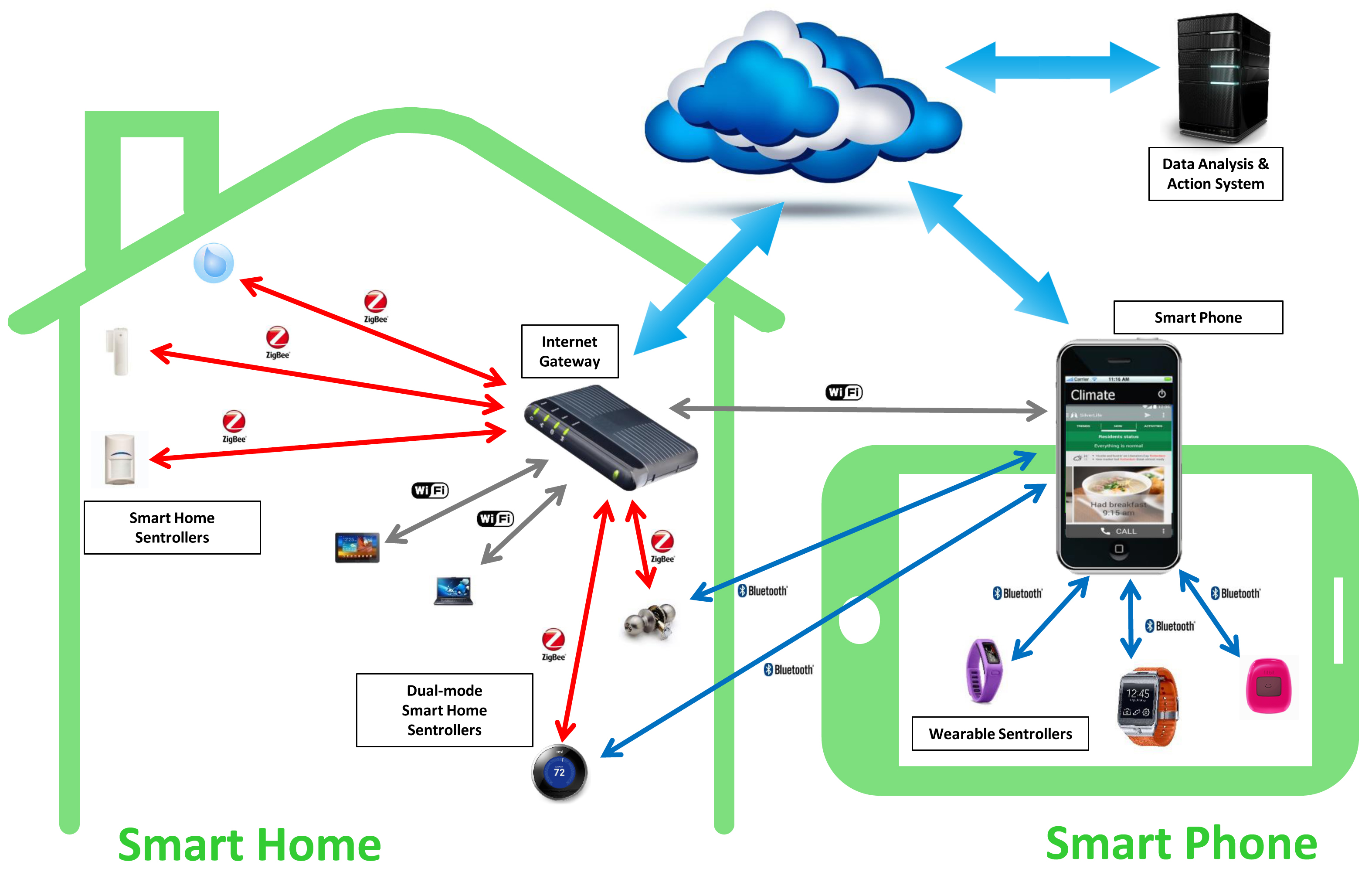The world of Small Data
Compared to the big world of Big Data, the emerging Small Data world will be much more massive and many times larger in total numbers and complexity.
By Cees Links, GreenPeak Technologies
Big Data and the terabytes involved are stunning; Big Data is about the IoP (Internet of People) and all the various devices that are connected to the internet and are tracked to provide information regarding how, when and where they are utilised. Many are predicting that Small Data is the opportunity that will fuel the IT industry for the coming two decades. Small Data is generated by the IoT and is comprised of the trillions and zillions of small bits and pieces of information that will be coming from everywhere continuously. Sensors will extract Small Data from everywhere, whether there are people in residence or not. Small Data will be processed by sophisticated algorithms; combined, analysed and interpreted, it will float back to the controllers in that same environment fulfilling any conclusion and control action that was determined by the algorithms.
Sentrollers (sensor, actuators and controllers) are the devices that monitor and control our environment, our homes, our cars, our offices and our cities; sentrollers will be there by the billions, continuously collecting, generating and distributing petabytes of information. The amounts of data generated by the IoT will dwarf that collected by our current IoP. It will be gathered from all aspects of life; not just web searches, marketing and sales activities, but everything. It will help marketeers to better target you and your family with advertising and marketing pitches that are customised for your lifestyle. Even knowing what your house is doing when you are not in it will help advertisers become more efficient.

Small Data system architecture
Earlier in 2014, Small Data arrived with a bang when Google acquired the company Nest and its sophisticated thermostats. This acquisition was not because Google wanted to compete with companies such as Honeywell or Bosch. It is about gathering Small Data in the Home. It demonstrates that in our evolving and ever more connected world, there is not a single place that will not be touched by innovation and changing business models.
How large is Small Data?
Our homes can easily accommodate 100 or more Small Data sensor devices, ranging from temperature devices, to motion sensors on doors and window, lights, locks and more. This is a potential hardware market of 60bn Small Data devices. Every device will probably cost less than $10, which means that over time every home can become smart for less than $1,000, establishing a $600bn market for just the hardware sentroller devices. For many, these devices will probably be subsidised by subscriptions comparable with today’s smart phone services. Worldwide, operators are currently testing the various business models to offer these Smart Home services.
New concepts and horizons usually send shockwaves through the IT industry. The arrival of Big Data has led to many companies dying (who remembers 3Com), merging into new companies (for instance Lucent Alcatel), trying to reinvent themselves (for instance Microsoft) and/or the emergence of new companies (such as Google). It is no surprise then that the arrival of Small Data is both an opportunity as well as a threat and is accelerating strategic activity in many large companies. At the same time, it would be no surprise if Small Data generates a set of new companies, with Nest as just one early example.
The impact of Small Data on the software and service industry will be in the area of pattern recognition, artificial intelligence and from there it’s a short step to predicting behaviour, sending alerts for recognition of exception situations. At the same time, more demands will be placed on security and protecting privacy, while maintaining ease of installation and great out-of-the-box experiences; usually quite conflicting demands.
Small Data’s impact on the hardware industry may even be bigger. Both the personal wearable devices as well as the smart home devices required for providing Small Data information will become a deluge. The biggest impact however will be on the semiconductor industry that can look forward to a new period of growth in particular around low power embedded microcontrollers and radio communication devices as well as sensor technology. Each sentroller exists as one or multiple combinations of these technologies. Over the next decade, the demand for these devices will grow exponentially, very comparable with the growth of the laptop industry 15 years ago, or, more recently the smart phone industry.


